38 calculate glycemic index food labels
How to Calculate Glycemic Index The result you obtained Determining Different Glycemic Index: Before you calculate the GI value of foods, it's essential to understand how you can classify them. This includes two proportions; low-GI and high-GI. You can easily organize the GI of food in these two categories. You can do this by keeping in mind the specific criteria of high and low GI foods. Low Glycemic Index: Low-GI foods can be determined when: Foods produce smaller fluctuations in our blood sugar levels/insulin levels. Can I Tell What the Glycemic Index Is by Reading a Food Label? Some foods low on the glycemic index aren't particularly healthy, such as those high in fat. According to an article published in "The British Journal of Nutrition" in January 2014, listing glycemic index scores on food labels will only be beneficial if people understand that eating larger amounts of a low-GI food will increase blood sugar and that the preparation method and what you eat with ...
Glycemic Index Chart for Common Foods - Verywell Health Remember that a low GI is a food that won't raise your blood sugar as much as a food with a medium or high GI. 1. Low GI: 55 or less. Medium GI: 56 to 69. High GI: 70 to 100. For example, rice milk (a processed food without any fiber) has a high GI of 86, while brown rice (plenty of fiber) has a medium GI of 66.
Calculate glycemic index food labels
How to Calculate Glycemic Load - dummies 72 x 36 = 2,592 / 100 = 26 glycemic load To find the amount of available carbohydrates in packaged foods, simply check the nutrition facts label. Figuring out what the numbers mean Knowing how to calculate the glycemic load of a food is great, but it's not quite enough. The end measurement is what's most important to know. Food Labels | CDC - Centers for Disease Control and Prevention If you eat the whole thing, you are eating 8 times the amount of calories, carbs, fat, etc., shown on the label. Total Carbohydrate shows you types of carbs in the food, including sugar and fiber. Choose foods with more fiber, vitamins, and minerals. Choose foods with lower calories, saturated fat, sodium, and added sugars. PDF Glycemic index and glycemic load for 100+ foods - OSU Extension Service FOOD Glycemic index (glucose = 100) Serving size (grams) Glycemic load per serving FRUITS Apple, average 39 120 6 anana, ripe 62 120 16 Dates, dried 42 60 18 Grapefruit 25 120 3 Grapes, average 59 120 11 Orange, average 40 120 4 Peach, average 42 120 5 ...
Calculate glycemic index food labels. How do I calculate the glycemic index from a nutrition label? The glycemic index is a number that gives people an idea of how quickly their body converts carbs in a food into glucose. Two foods with the same amount of carbohydrates may have varying glycemic index numbers. The lower the number, the less impact the food will have on the blood sugar. 55 or less = Low. 56- 69 = Medium. 70 or above = High. How to Calculate Glycemic Load: 10 Steps (with Pictures) - wikiHow Health 5. Multiply the GI by the amount of carbohydrates and divide by 100. Take the GI you found in the first part and the amount of carbohydrates you found for the serving size you plan to consume and multiply them together. Then, divide the result by 100 to find the glycemic load. How to Read Nutrition Labels for Low-Glycemic Shopping Women should consume 400 to 500 calories per meal. Men should consume 500 to 700 calories per meal. If your entree is less than the top number in the recommended calorie range, that's okay. Total fat: One of the three sources of calories for the body. Consuming a moderate amount of fats is important for your overall health. What are Glycemic Index and Glycemic Load - Bel Marra Health Your food labels provide a lot of information, but two vital categories - glycemic index and glycemic load - should be more closely examined. FREE SHIPPING ON Orders OVER $59+ Call Us:1-866 ...
Glycemic Index (GI) Calculator - Free Online Calc Calculate Glycemic Index (GI) for Selected Food: -Low (GI) Food has a rating of 55 or less. -Medium (GI) Food has a rating of 56-69. -High (GI) Food has a rating of 70 or more. Glycemic Index: What It Is and How to Calculate It Glycemic Load is a correction tool that gives you a more realistic picture of how food will influence your blood sugar. The formula looks like this: GL = (GI/100) x (net grams of planned carbohydrate) This calculation is a combination of portion size and glycemic index to give you a clearer picture of how the food will impact your blood sugar. How to Calculate the Glycemic Load of Your Meal: 11 Steps - wikiHow Find the glycemic load of the meal. Take the total glycemic value of the meal from step 7 and multiply it by the net carbs of the meal from the previous step and then divide your answer by 100. Example: 55.53 (GI value) * 39 (net carbs) = 2165.67 2165.67 / 100 = 21.66 (rounded) 11 All done! You now know the glycemic load of the meal. Glycemic Index Calculator - Which Foods are High on GI Index? The glycemic index (GI) is a scale which ranks carbohydrate based foods based on how they affect blood glucose levels, by comparing them to glucose. The glycemic index measures how much your blood sugar level increases after eating certain foods.
Reading Food Labels | GI Foundation A quick and easy way to know if the food is low GI is to look out for the GI Symbol on food packaging. The GI Symbol is our guarantee to consumers that they can trust that the GI value stated near the nutrition information label is accurate, and meets strict nutritional criteria consistent with International dietary guidelines. Learn to Calculate Glycemic Index | Bauman College The math is simple. To assess how a packaged food will affect your blood sugar, find the carbohydrate number in the label, subtract the grams of fiber and sugar alcohols. Your result will be the grams of digestible carbohydrates. The higher the number the bigger the effect on blood glucose. carbohydrate - grams of fiber (and sugar alcohols) = Glycemic Index Calculator The glycemic index value of a food product is determined by feeding at least 10 healthy people a portion of the food containing 50 grams of digestible carbohydrates and then measuring its effect on their blood glucose levels over the next 2 hours. Then the area under the two-hour blood glucose response (glucose AUC) graph each person is measured. How to Calculate Nutrition Facts - The Uplift The Nutrition Facts Label is a key tool for making healthy food choices. The label provides information such as the number of calories, fat, and sodium in foods. It also includes vitamins and minerals as well as serving sizes. The Nutrition Facts Label provides information on nutrient content, calorie count, and serving size of a product.
Glycemic Index - Diabetes Australia This is important in reducing the risk of developing diabetes-related complications. GI numbers are to be used as a guide only as individual foods do not have the same response in all people with diabetes. Low GI foods are foods with a GI less than 55. Intermediate GI foods are foods with a GI between 55 and 70.
Glycemic Index Calculator This glycemic index calculator can help you keep track of the GI values of the foods you have, from fruits to actual meals for diabetes management or just healthy living reasons. Fruits: Select Apple Apricot Apricots (dried) Banana Cherries Dates Fruit Cocktail (canned) Grapefruit Grapes Kiwi Mango Orange Papaya Peach Pear Pineapple Plum Raisins Watermelon
How To Calculate Glycemic Index From Food Labels - dLife 30 May 2018 — Multiply the proportions for the components by the standard glycemic index of the component. You can find the standard or predetermined GI of ...
Can One Tell Exactly what the Index List Is as simple as Studying a ... Just go to the database and.The Glycemic Index chart below uses a scale of 1 to 100 for Glycemic Index and 1 to 50 for Glycemic Load values, glucose having the highest GI value of 100 and GL of 50. For instance a food with a glycemic index of 30 doesn't raise the blood glucose that much at all, but GI doesn't consider how big the serving size is or how much you eat.
How to Calculate the Glycemic Index | livestrong Multiply 0.46 by 83 to get 38.18. For the orange juice, multiply 0.54 by the GI of 46 to get 24.84. Step 4 Add the results of Step 3 together. In this example, add 38.18 and 24.84 to get the sum of 63.02, which is the total glycemic index of the meal. Things You'll Need Glycemic index table or database Calculator Pencil and paper Tip
What Is Glycemic Index? - Academy of Nutrition and Dietetics The carbohydrate content of the actual serving is multiplied by the food's GI, then that number is divided by 100. So for a cup of beets, the GL would be: 13 times 64 = 832 divided by 100 = a GL of 8.3. As a frame of reference, a GL higher than 20 is considered high, between 11 and 19 is considered moderate, and 10 or less is considered low.
Glycemic Index Chart | Free Glycemic Index Food List The standardized Glycemic Index ranges from 0 to 100. Zero-glycemic foods—those without carbohydrates—include items like meats, fish, and oils. Pure sugar has a glycemic index of 100. Low-glycemic foods have a glycemic load of 55 or lower and include most fruits and vegetables, beans, dairy, and some grains.
How to calculate the glycemic index from food labels? After calculating the proportion of carbs, multiply it with the standard glycemic index of the components. You can easily locate the standard GI on the GI table. Now, add up the results of the components obtained in step 3 to have a total GI score. Conclusion - How to calculate the glycemic index from food labels?
Glycemic Index: How to Determine High vs Low Glycemic Foods - WebMD Look for the glycemic index on the labels of packaged foods. You can also find glycemic index lists for common foods on the Internet. Oregon State University has one with more than 100. Or ask ...
Calculating meal glycemic index by using measured and published food ... ABSTRACT. Background: Glycemic index (GI) testing is normally based on individual foods, whereas GIs for meals or diets are based on a formula using a weighted sum of the constituents. The accuracy with which the formula can predict a meal or diet GI is questionable. Objective: Our objective was to compare the GI of meals, obtained by using the formula and by using both measured food GI and ...
Reading food labels: Tips if you have diabetes - Mayo Clinic Put sugar-free products in their place. Sugar-free doesn't mean carbohydrate-free. Sugar-free foods may play a role in your diabetes diet, but remember that it's equally important to consider carbohydrates as well. A sugar-free label means that one serving has less than 0.5 grams of sugar. When you're choosing between standard products and ...
PDF Glycemic index and glycemic load for 100+ foods - OSU Extension Service FOOD Glycemic index (glucose = 100) Serving size (grams) Glycemic load per serving FRUITS Apple, average 39 120 6 anana, ripe 62 120 16 Dates, dried 42 60 18 Grapefruit 25 120 3 Grapes, average 59 120 11 Orange, average 40 120 4 Peach, average 42 120 5 ...
Food Labels | CDC - Centers for Disease Control and Prevention If you eat the whole thing, you are eating 8 times the amount of calories, carbs, fat, etc., shown on the label. Total Carbohydrate shows you types of carbs in the food, including sugar and fiber. Choose foods with more fiber, vitamins, and minerals. Choose foods with lower calories, saturated fat, sodium, and added sugars.
How to Calculate Glycemic Load - dummies 72 x 36 = 2,592 / 100 = 26 glycemic load To find the amount of available carbohydrates in packaged foods, simply check the nutrition facts label. Figuring out what the numbers mean Knowing how to calculate the glycemic load of a food is great, but it's not quite enough. The end measurement is what's most important to know.


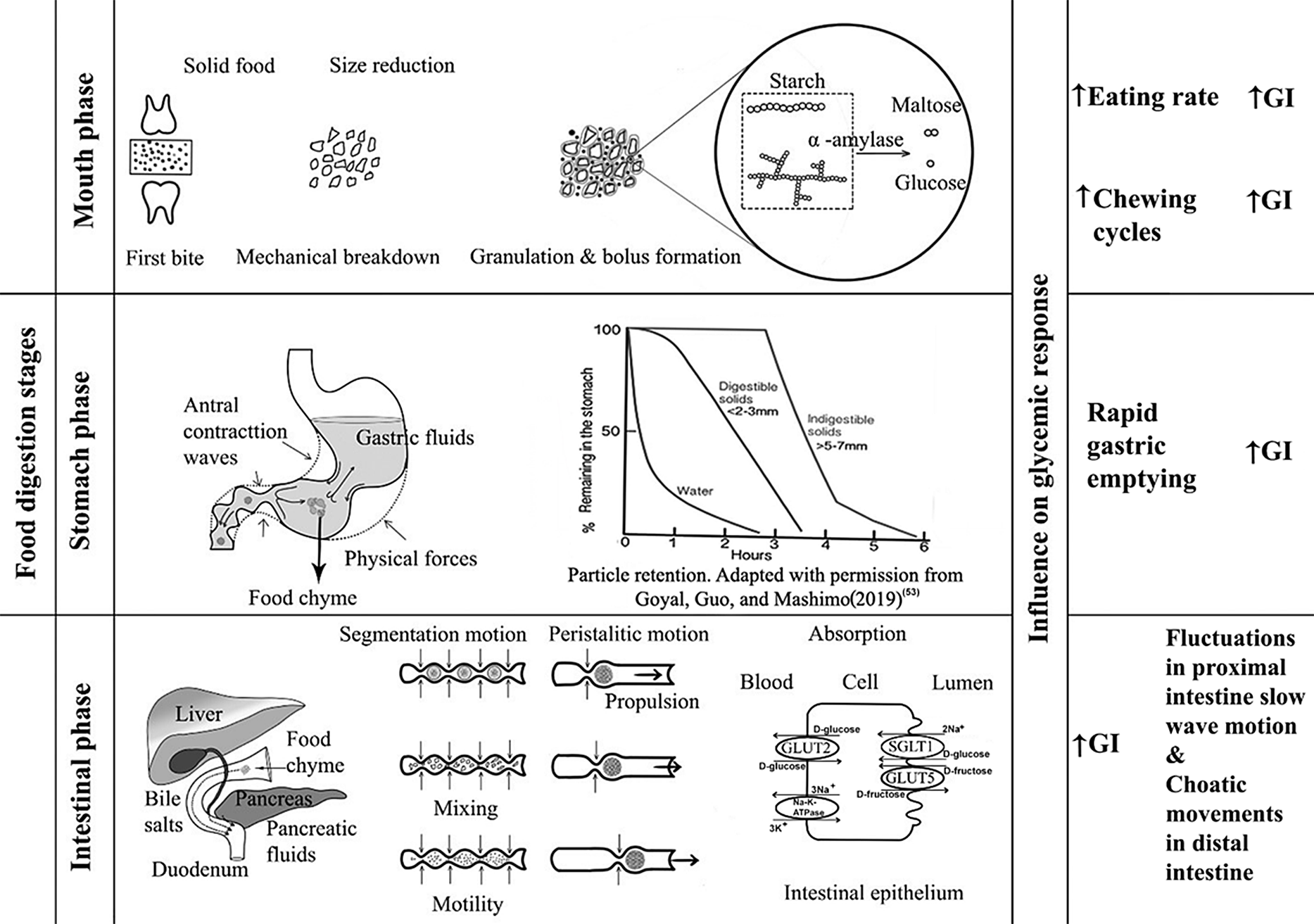



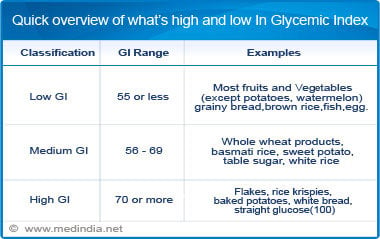
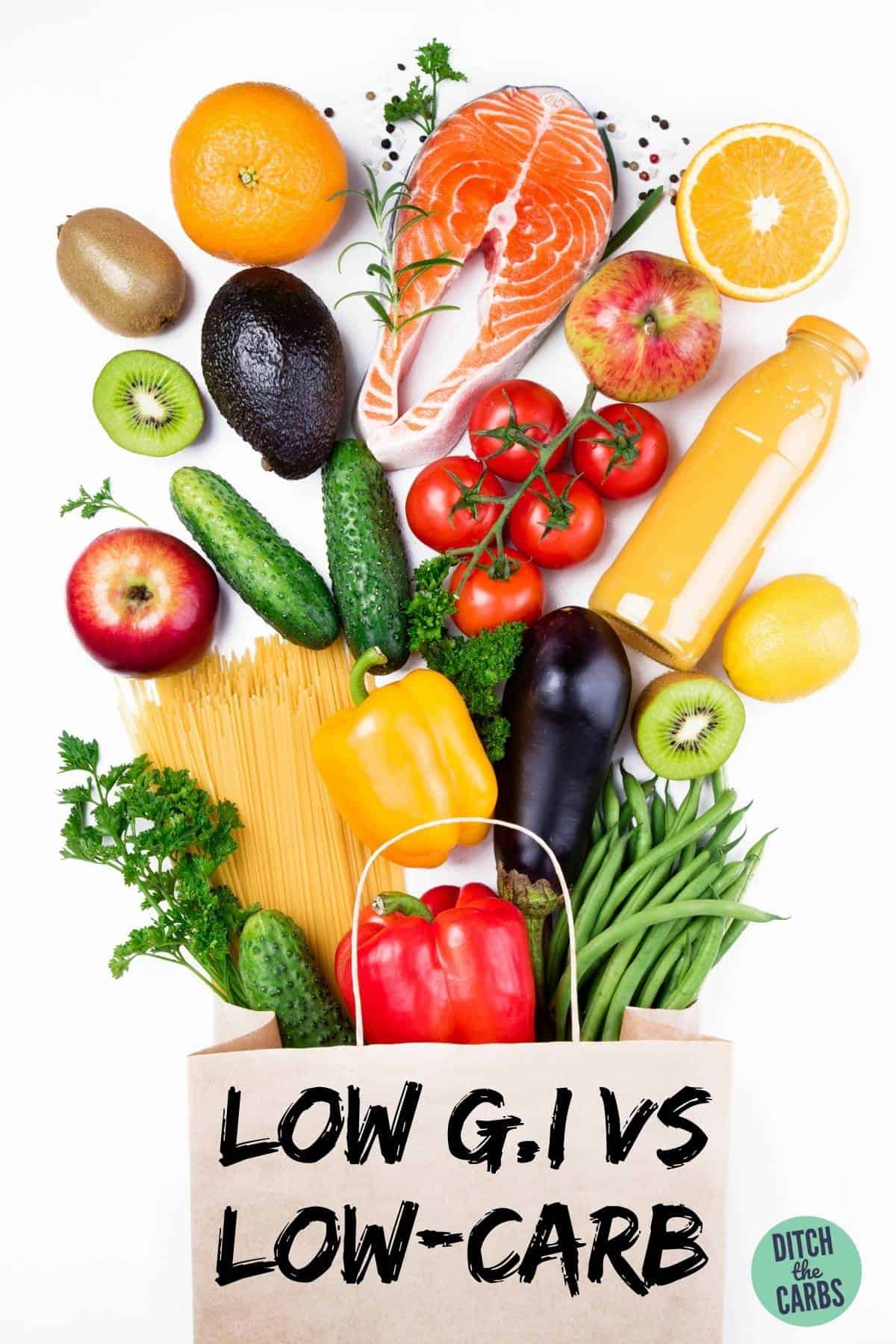


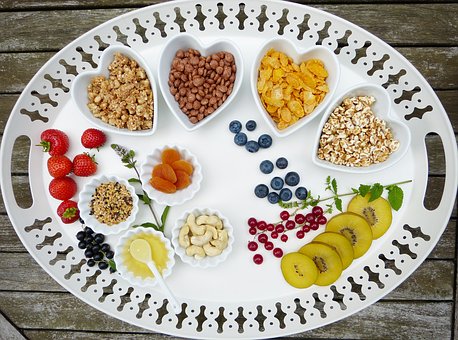



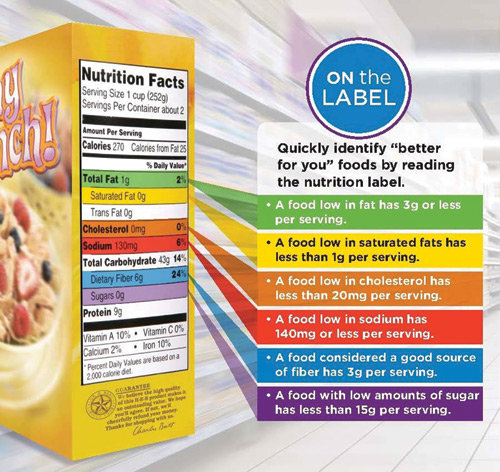















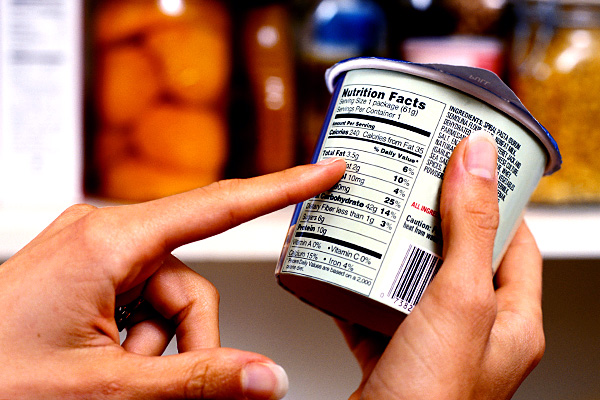

Post a Comment for "38 calculate glycemic index food labels"